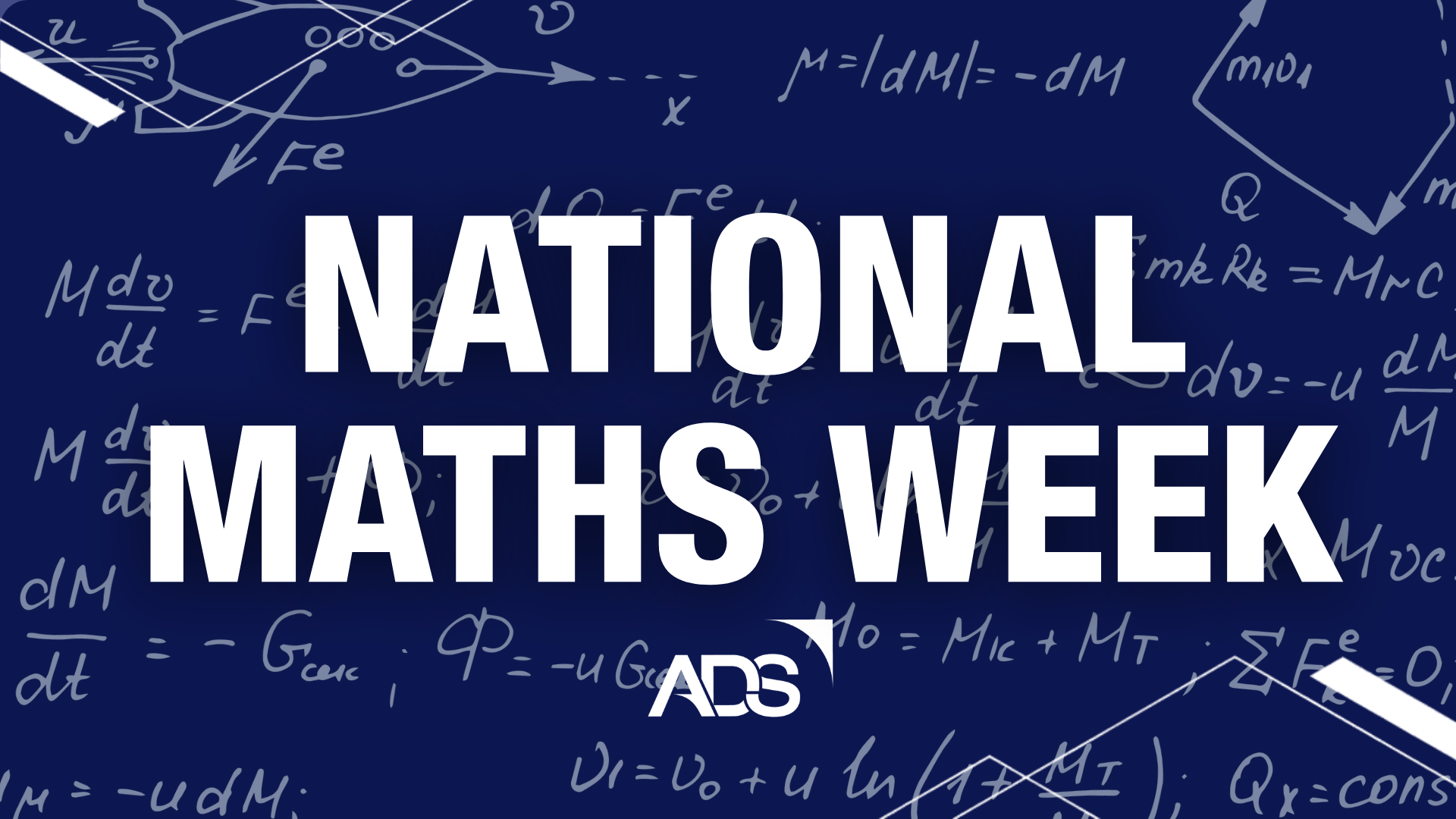
Addressing the skills gap is a critical challenge for our sectors. There are many entry routes, but those taking a career break in particular have sometimes suffered recruitment bias when trying to re-enter employment. Their applications are overlooked or rejected by inflexible automated recruitment technology and many candidates receive no feedback. Prohibiting their participation in the workforce means that their wealth of experience and knowledge is lost at a time when we talk about workforce scarcity and cite over 10k open vacancies at any time in the aerospace, defence space and security sectors.
The scale of the problem is highlighted in the annual STEM Returners Index, with the 2023 issue published recently. A more equitable and inclusive recruitment policy would widen the talent pool and improve diversity and inclusion within our sectors.
Career breakers – a hidden opportunity
The returners group is often misunderstood. Encompassing those out of the workplace due to a career break, caring responsibilities, redundancy and so on, they represent very experienced and qualified professionals, highly motivated and with long-term career aspirations.
In the STEM Returners Index 2023 the STEM professionals attempting to return to work were:
- 45% female and 39% from minority ethnic groups.
- 65% with a degree, masters or doctorate with over 70% holding their highest academic qualification in a STEM field
- 44% having more than five years experience in their field before taking a career break
- 52% in a manager or professional role
- Over 50% have been on a career break for less that two years
Professional engineers with years, or decades, of experience are critical to our future yet they face hidden barriers when attempting to return to work:
- 51% of returners say the process is difficult or very difficult
- 66% are applying for more than six jobs and 17% applying for more than 70!
- 30% of returners say their personal confidence has been affected by the recruitment challenges they face, and their low confidence remains a barrier of its own
- Over 45s are most likely to experience bias in recruitment process
- 44% of candidates say they never or hardly ever receive feedback
These challenges, although difficult to face, have improved slightly since the 2022 index:
“We are pleased to say that for the first year since we launched the STEM Returners Index, we have seen that returners are finding it slightly easier to return than they were last year, however there are still too many people finding it an uphill battle, and women and professionals from minority ethnic backgrounds are disproportionately affected.
“There are skills gaps across the aerospace, defence, security and space jobs sectors – these gaps are growing, and this talented and committed group of professionals are ready to help fill those roles. But they are still facing recruitment bias against their race, age, gender, and a perceived lack of experience.
“Industry leaders need to do more to update recruitment practices and challenge unconscious bias to give returners a fair chance to rejoin the industry they are passionate about.”
Natalie Desty, Director – STEM Returners
You can view the full STEM Returners Index report here:
How returners can help your organisation
- Invaluable knowledge: Honed over the years of developing innovative solutions and problem solving in tackling complex engineering challenges.
- Mentorship and Knowledge Transfer: Experienced professionals can serve as mentors to younger engineers, facilitating knowledge transfer. This can accelerate the learning curve for less experienced professionals, helping them bridge the skills gap more quickly.
- Stability and Reliability: Older workers often exhibit stability and reliability in their work, which can be crucial in industries where precision and consistency are paramount.
- Diverse Perspectives: A diverse workforce brings diverse perspectives and approaches to problem-solving. This can lead to more innovative solutions and a stronger overall team.
Creating a more inclusive recruitment experience
Recruitment bias poses a significant challenge. Prejudices, conscious or unconscious, against older candidates can result in their exclusion from job opportunities. To mitigate this bias:
- Education and Awareness: Increase education within companies about the value of diverse teams, including older workers.
- Age-Blind Recruitment: Consider implementing age-blind recruitment processes, where age-related information is omitted from resumes during initial screening, can help focus on skills and qualifications.
- Diverse Interview Panels: Create interview panels that are diverse in age and experience that can reduce bias in the selection process.
- Training and Inclusion Programmes: Develop training programs that emphasise the importance of age diversity and foster an inclusive work environment.
- Be more flexible in requirements: Consider the impact of specific terms such as requiring recent experience as a prerequisite.
Enhancing the workforce through STEM returners talent
Career returners have a pivotal role to play in addressing the skills gap in engineering, manufacturing and support roles. To fully leverage their potential, industry must actively combat recruitment bias, recognizing that age diversity is a key component of a well-rounded engineering workforce.





